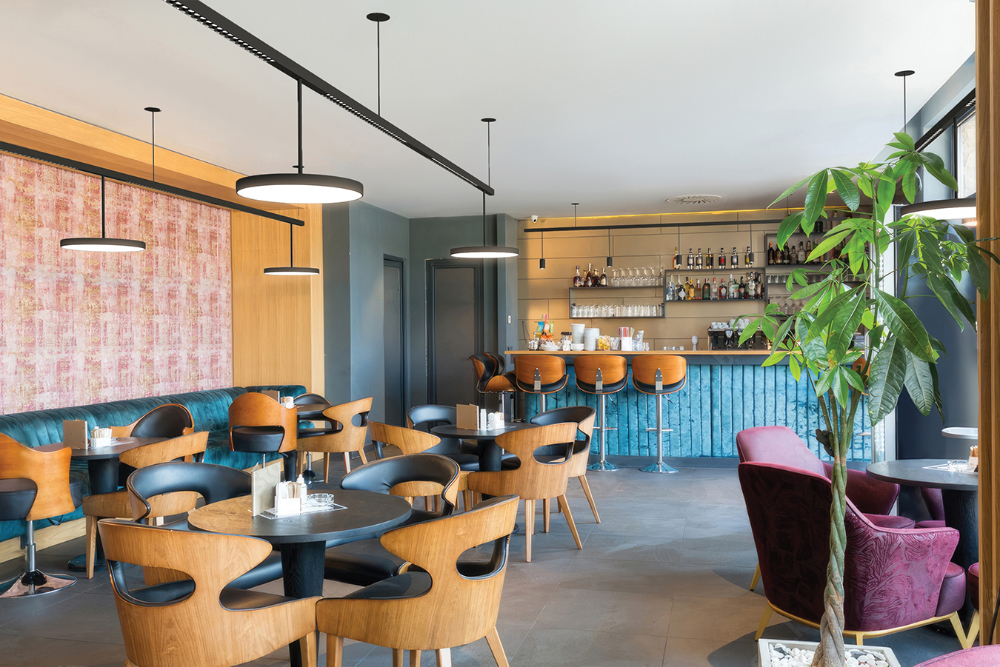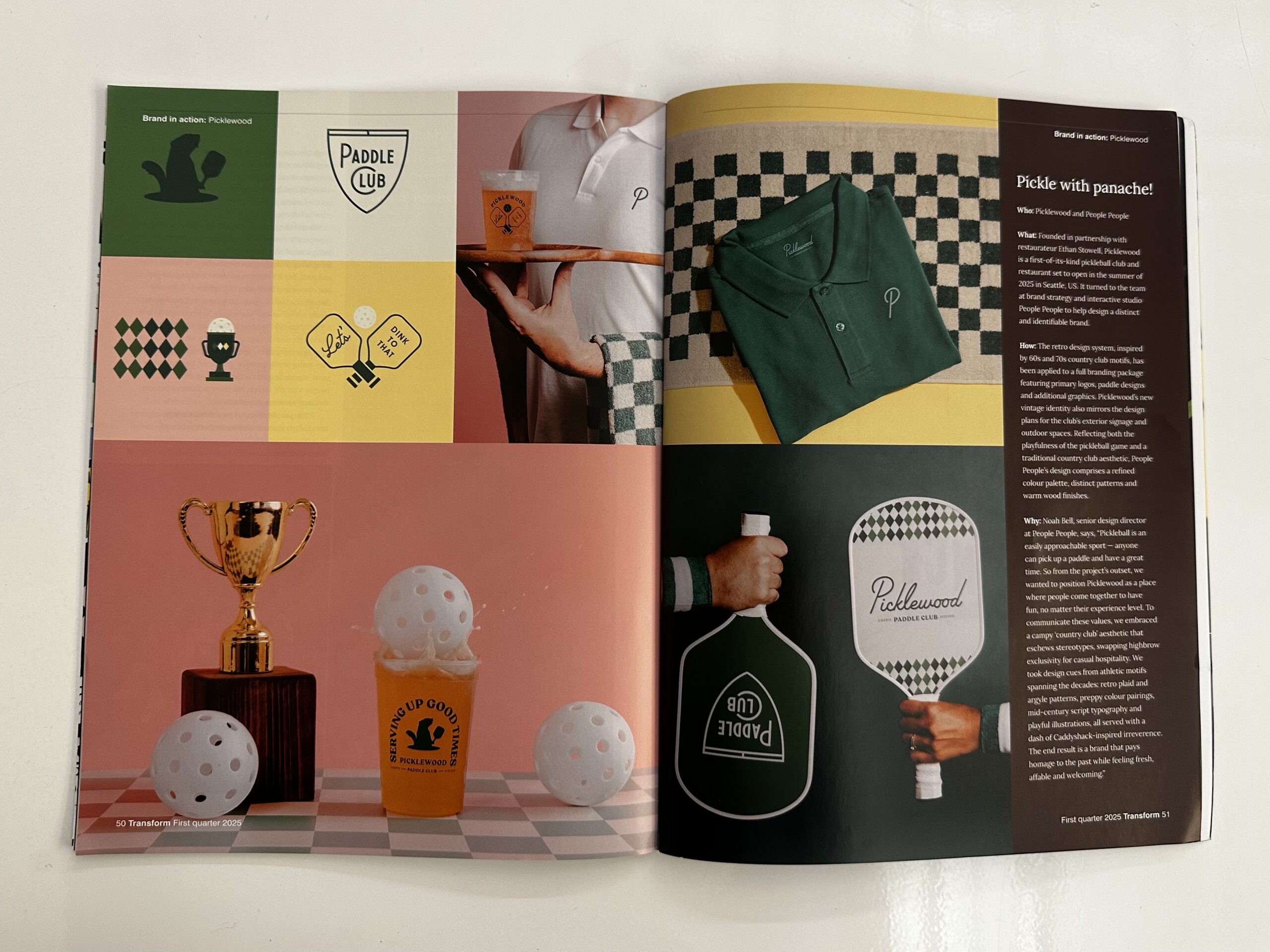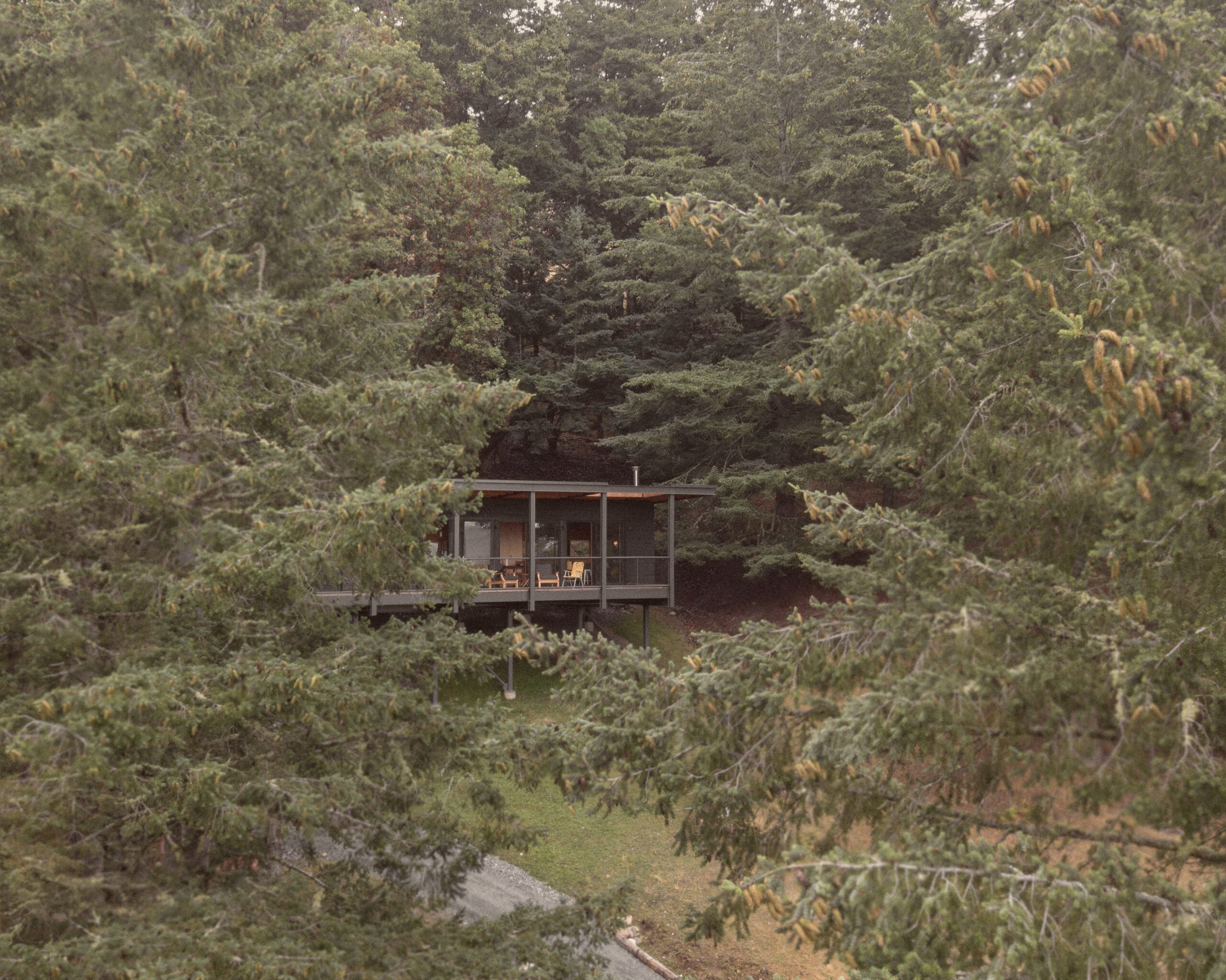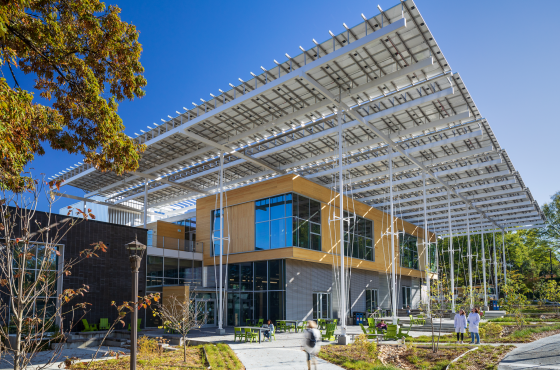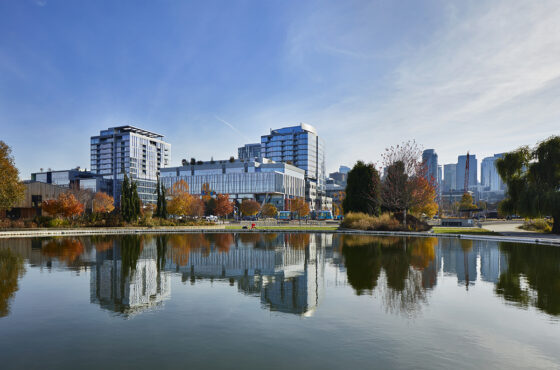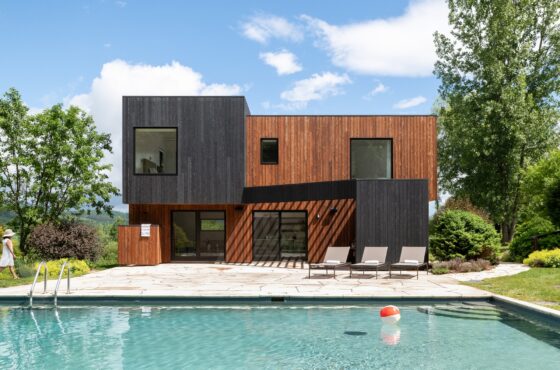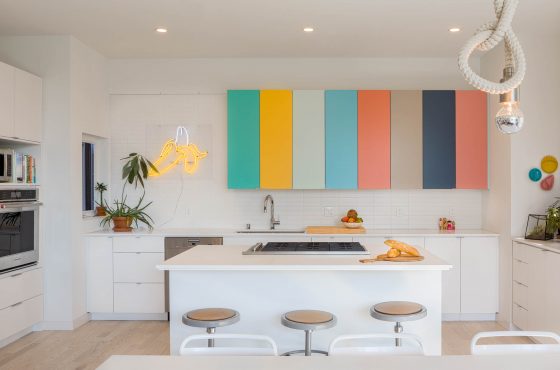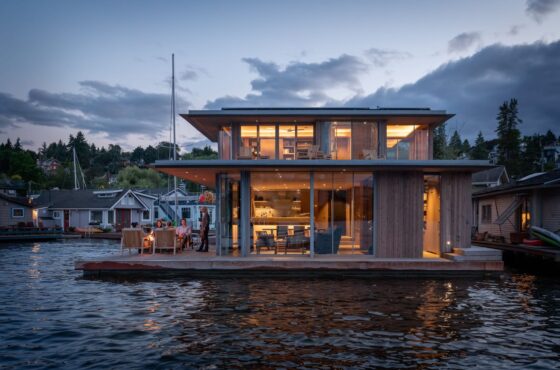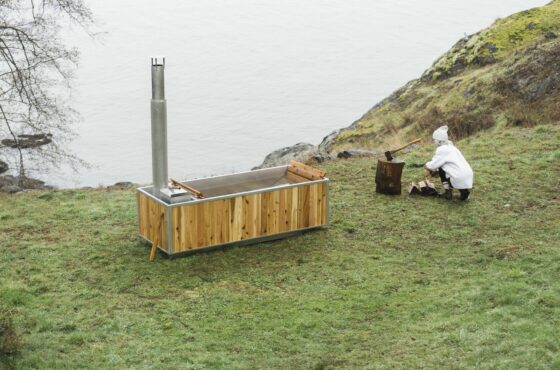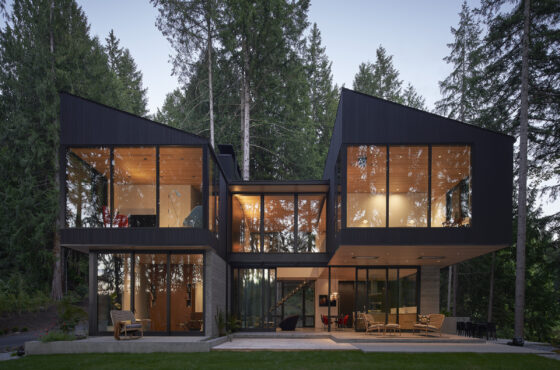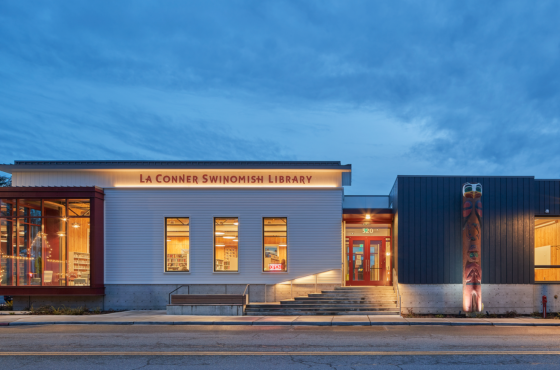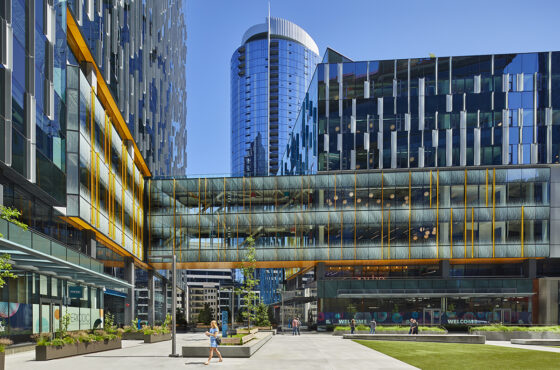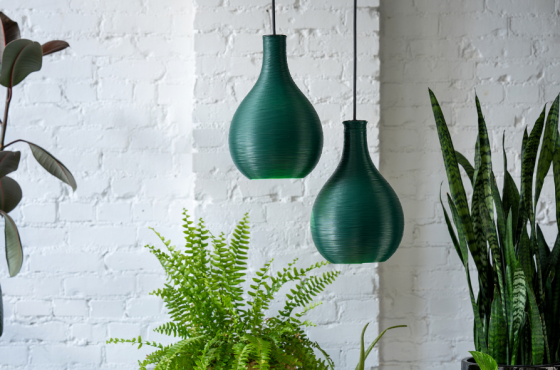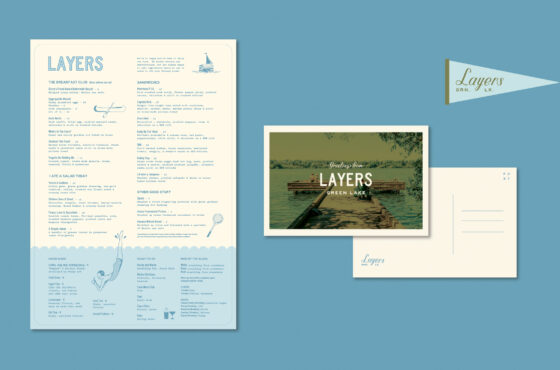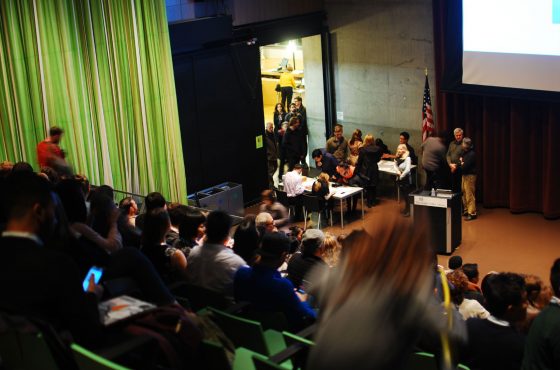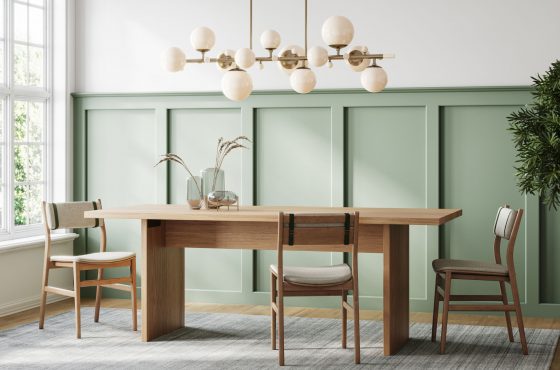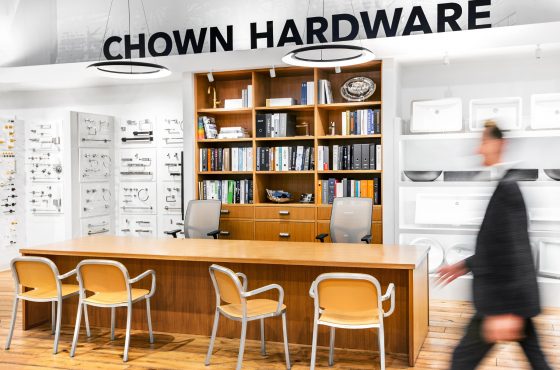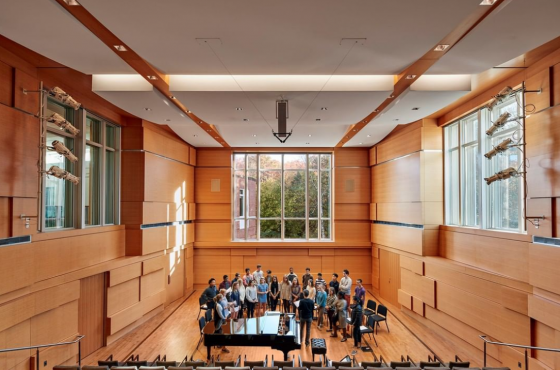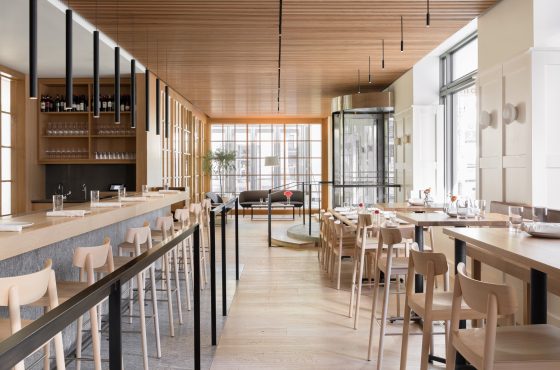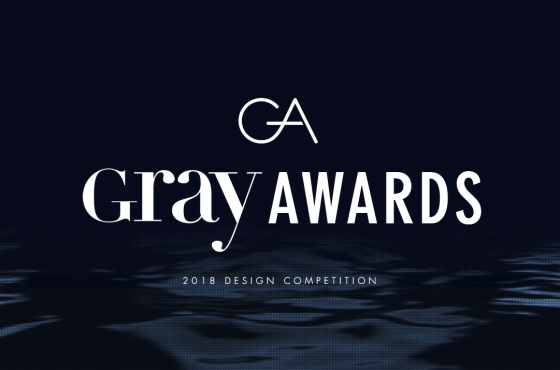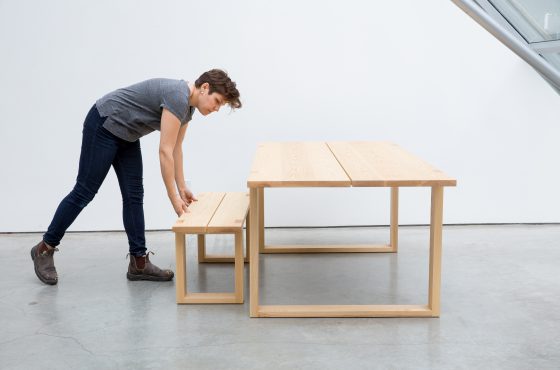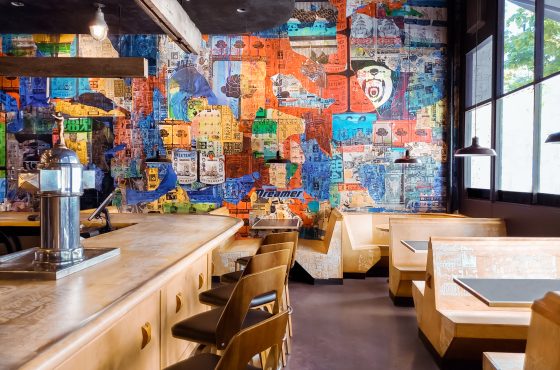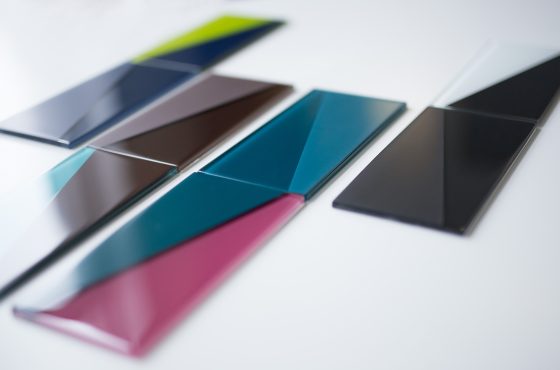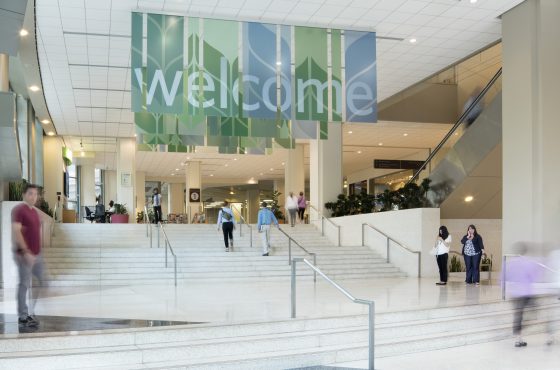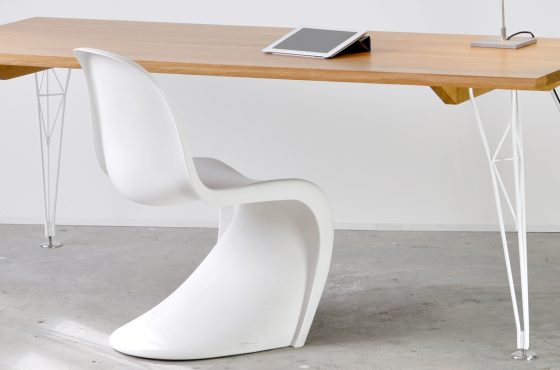Paxson Fay is a full-service marketing and public relations firm specializing in the architecture, design, and arts industries.
Paxson Fay
4770 Ohio Ave S
Ste B
Seattle, WA 98134
info@paxsonfay.com
People People on Creative Boom

The biggest challenges for studios in 2025, and how leaders plan to tackle them
Things are changing fast right now, and design studios face a pivotal year ahead. Here’s how industry leaders are preparing to meet 2025’s challenges head-on.
Where did that year go? 2025 is fast approaching, and it’s no exaggeration to say that this could be a crunch year for many in the creative industry. From navigating an increasingly saturated market to navigating the threats to AI, design studios face more hurdles than ever before.
As Simon Manchipp, founding partner at SomeOne, puts it: “The most significant challenge for design studios in 2025 will likely be staying relevant in an ever-evolving, tech-driven, and hyper-competitive market. Studios will face the dual pressure of mastering tech tools while deploying ownable, effective, authentic creativity.”
So where do the main threats, challenges and opportunities lie, and how should studios meet these new and evolving challenges?
We spoke to creative leaders across the industry, and below, we share their insights and reflections as they discuss the unique challenges we’re all facing in the coming years and the strategies we should employ to remain relevant and innovative.
1. Standing out in a saturated market
One of the most pressing challenges design studios will encounter in 2025 is standing out. As Michael Freimuth, creative director at Franklyn, says: “Exceptional work is the baseline, of course, but the ability to market yourself, stay in the press and stay relevant seems more applicable than ever.”
Roy Barker, co-founder of Wonderhood Design, agrees. “Design is becoming an increasingly saturated market, now with advertising companies leveraging their financial stability and existing client base to expand their remit in this area,” he says. “It must be incredibly hard for brands to know where and who to turn to. And to know who is doing it right. So, even if you’re making incredible work, will it cut through, generating new business in return? Possibly not.”
He believes that to overcome that challenge, emphasis needs to be placed on ensuring that your work is shared across multiple platforms, including the story of how it was created and details of the studio that produced it.
“Finding the right balance of execution and distribution can reap rewards,” he notes. “Don’t be like Wally and get lost in the crowd. Don’t hope to be seen. Find a point of difference, make great work and shout about it.”
2. Grasping the opportunities of AI
AI is poised to fundamentally reshape the design landscape. While many of our experts acknowledge the challenges it presents, they also see it as an opportunity for innovation.
That won’t happen automatically, of course. As Sunny Bonnell, co-founder and CEO of Motto, warns, “Many will fall into the trap of using AI as a crutch, churning out quick, uninspired work.” But instead, she suggests a more strategic approach.
“The challenge won’t be whether studios can use AI, but how they can create value when many of the foundational aspects of design can be replicated by a machine,” she explains. “The commoditisation of creativity means that studios must push far beyond the surface level of design work. The value will no longer be in just producing visually appealing work; it will be in creating conceptually deep, emotionally resonant and culturally relevant experiences that have a substantial impact on the business.”
This is all stuff we need to think about deeply and carefully… but maybe not for too long. Kiser Barnes, partner and CCO at Red Antler, emphasises the need for studios to adapt quickly to technological advancements.
“Speed and adaptability are crucial,” he stresses. “At Red Antler, we’re tackling this by evolving our creative process to embrace boldness, experimentation, and a touch of weirdness. By doing so, we help our clients find the right space on the innovation spectrum, balancing between what’s relevant now and what’s next.”
Above all, there’s a limit to how much AI should take over. As Michelle Rigot, ECD/strategy at Yama Group puts it: “Not everything can or should be templatised, or AI-ised. The notion of ‘creator’ must still be at the core of what we do, and that starts with people who have the time to have thoughts that align to a singular creative vision.”
As senior designer Alex Kidd puts it: “Keeping the craft of the designer is so important, but also having to embrace new technologies is just as important. It’s finding the balance between the two and integrating them for the right output.”
3. Dealing with client demands
Another significant challenge will be navigating budget constraints while meeting elevated client expectations. Numerous design leaders tell us their clients are continually tightening their marketing budgets and expecting agencies to take up the slack.
But that dynamic will eventually butt up against reality. As Fiona McGarva, managing director at Sundae Communications, notes: “Something we see all too often is clients who expect more for less. If needed, we will always go above and beyond to deliver a project. But that shouldn’t be the baseline. Where do you go from there? It’s not healthy, and it’s not a sustainable business model.”
This challenge is often exacerbated by the problem of client indecision, which can delay projects and hinder creative processes. As Tom Tootal, managing director at Bandstand, candidly states, “We see indecision everywhere. Find your North Star and fucking stick to it! Yes, the sea sometimes gets choppy, but stay your bloody course. And C-Suites, if you don’t have marketing around the top table, you’re off to the knacker’s yard.”
At the same time, clients have increasing leverage, as there are more places they could potentially jump ship to. “Has anyone noticed the proliferation of new studios opening in 2024?” says Julia Beardwood, founder of Beardwood&Co. “The design and marketing press are chock-a-block with talented people running out of larger agencies and launching their own. It’s tempting for clients to shop around and try out the smorgasbord of shiny and new goodies on offer.”
So, how should studios respond to all of this? “For more established studios like ours, we need to lean into the outstanding outcomes we’ve delivered consistently over the years,” says Julia. “Past performance is indeed predictive of future results. We’ve got the track record that clients want to see when handing over their big opportunities.”
Freelance media consultant Katie McIlvenny adds that: “Brands may want long-lasting design and branding so they don’t have to keep reinvesting. This means studios will need to focus on creating a strong rationale behind their iterations based on sound research.”
Meanwhile for Tom Munckton, ECD at Fold7Design, it’s about growing more tentacles. “Our fantastic team are pursuing a greater and wider array of skills,” he explains. “Our designers have more than a side plate of motion capabilities and a garnish of prompt engineering. Generating time for skill development alongside project work will continue to be a challenge, but increasingly necessary.”
And Shannon Palmer, creative director at People People believes client education will also be increasingly important. “With more tools on the market made to help non-designers create logos and websites and write copy on the fly, there will be a need for studios to help educate clients on the time and the place to use each tool,” she explains.
4. Retaining talent
Right now, studios are also facing challenges in finding and retaining top talent. Why? As Brett Stabler, creative director at Outlaw, explains: “The allure of freelance life is becoming increasingly popular as people seek flexibility to their lifestyles, the type of work they do and idealise remote working. So ensuring we create a compelling employee value proposition, offer a platform for growth and development in our team’s desired areas, invest in our studio culture and work to maximise employee satisfaction will be key to ensuring the studio retains talents.”
Roly Grant, creative director at Without Studio, agrees. “The most pressing and addressable challenge is talent,” he says. “There’s a migration to freelance, especially amongst senior-level creatives – due partly to changing attitudes, partly to poor management in agencies. However, trying to consistently build great brands and using part-time teams over Zoom is neither effective nor enjoyable. Reinvigorating the agency model by finding the balance between incentive and commitment, freedom and community, individual and collective purpose, will be our industry’s biggest challenge in 2025.”
5. The need for originality and conceptual depth
Amidst the pressures of AI and client demands for quicker turnaround times, there’s a general feeling in the industry that standards are being eroded. And so the challenge of maintaining originality, inventiveness, and creativity seems more important than ever.
As Perniclas Bedow, creative director at Bedow, puts it: “One big challenge will be breaking the cycle of repetition. There are so many talented designers out there, but it appears that their work often becomes too streamlined to meet client expectations. We, as designers, are experts, and we need to convince clients that as long as they have a great product or service, differentiation is a great thing. They don’t need to mimic their competitors’ success. They should find their own unique narrative and visualise it in an engaging way.”
Andy Harvey, founder and executive creative director at Communion, echoes this sentiment. “Countering the recent undervaluing of design, compared to the value it adds to the price of a good brand, is often out of step with its impact,” he argues. “We aim to position our creativity in line with the value it brings culturally and commercially to brands.”
Conclusion
In summary, design studios have a lot to think about as we approach the second half of the 2020s. Jan Eumann, executive creative director at Wolff Olins, offers an insight into what that looks like at ground level. “The biggest questions that we ask ourselves here at Wolff Olins span across six key challenges,” he explains.
“Speed: Where will AI allow us to cut out lengthy, laborious tasks that aren’t in the interest of creativity? Budget: When will clients ask us how AI enables us to maintain the same quality of work while increasing efficiency and reducing project costs? Effectiveness: How do we get even more comfortable with tools that get clients excited about our idea?
“Creative: How can we use AI to unlock different ways that brands can come to life? Relevance: What is the weighting between idea and execution if execution might become more automated and can focus more on conceptual relevance? Implementation: How can we deploy AI to help clients activate the brands that we develop for them?”
That sounds like a lot, and it is. But at the same time, creative leaders remain optimistic about the future, embracing change as an opportunity for growth.
“I think the last two years have rocked the industry,” says Cat How, founder and ECD at How Studio. “But I’m positive about 2025. We’re already booked up well into next year and I think that trend will continue for everyone now that the complications of Covid are easing. As a studio, we embrace AI, and I’m not worried about it at all; it’s just working out how to make it work for us in the best way.”
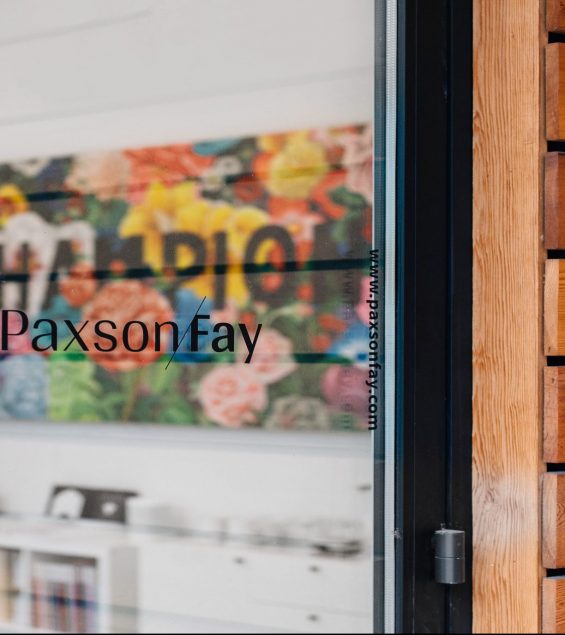
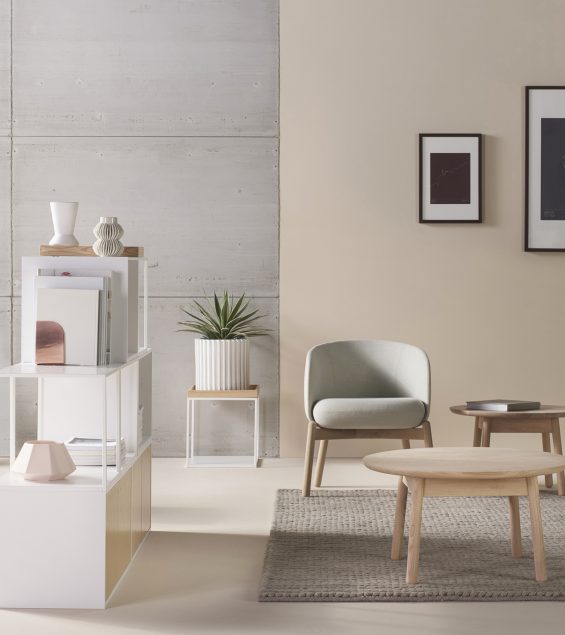
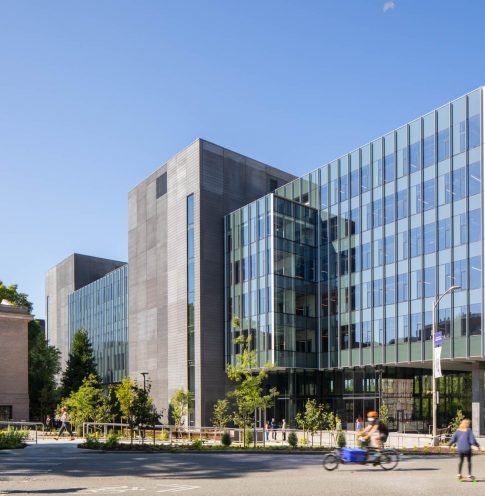
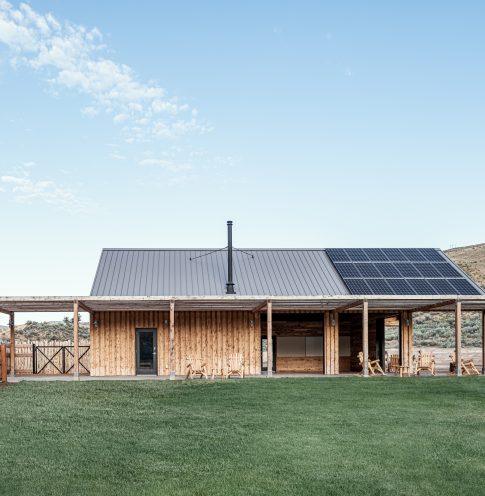
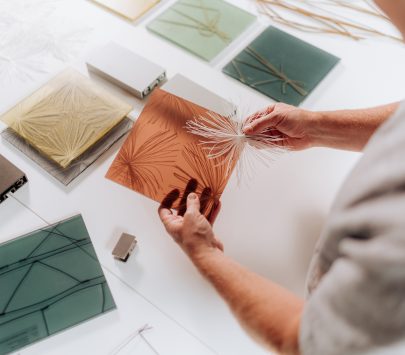

Clients in the News
Main content
meet the team
We’re inspired by diverse design perspectives, innovation, technology, art, and the world around us. We live for the chance to create and disperse powerful, genuine messages that resonate.
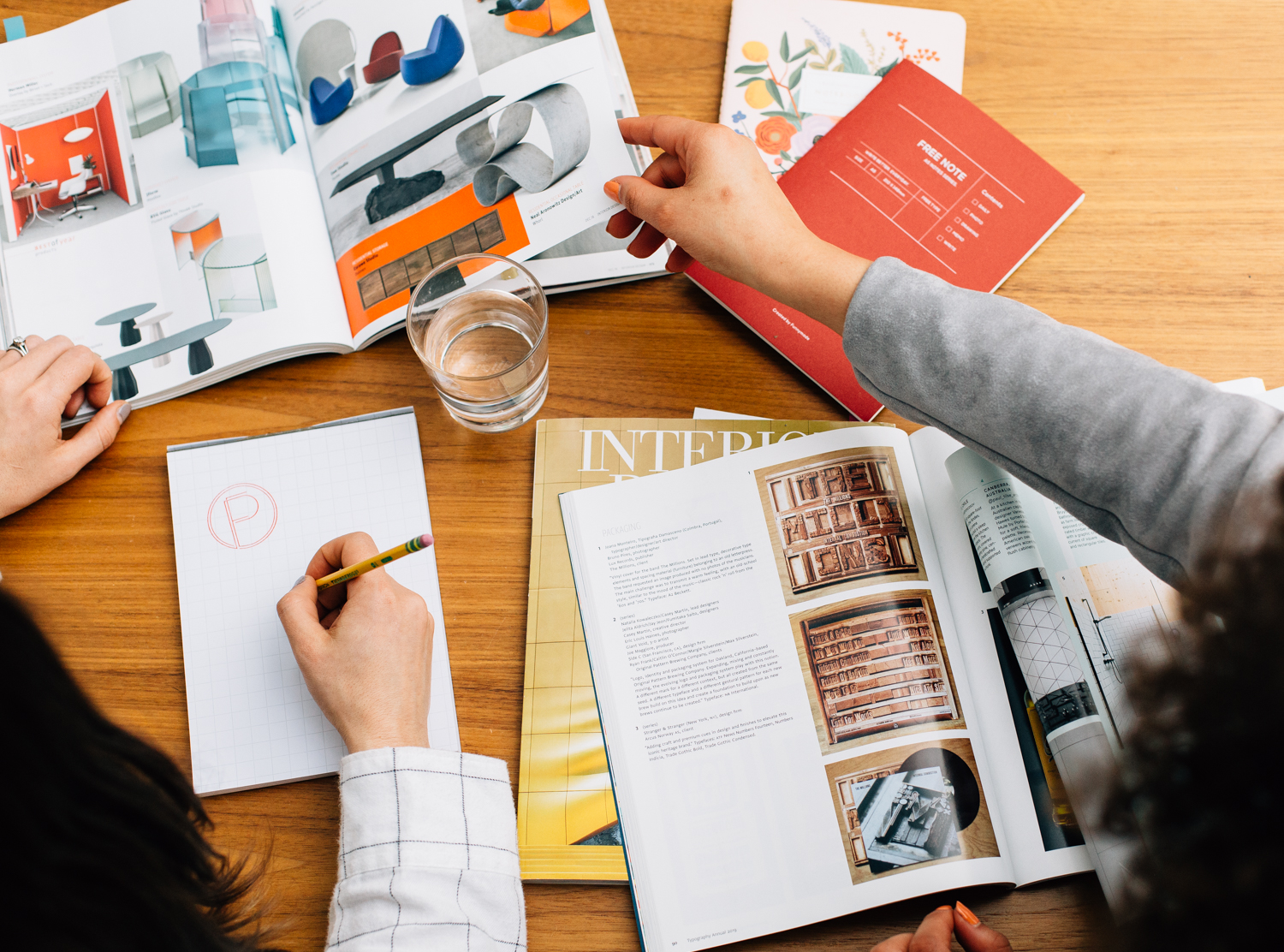
tessa franchini
principal
tessa@paxsonfay.com
Tessa graduated from Fordham University in New York with a dual bachelor's degree in Communications and Political Science. During her time at Fordham, she worked for an interior designer and at NBC News where she developed her love for both design and communications. After graduating, Tessa managed marketing at 3form, a pioneer in the sustainable building products industry. During her tenure, 3form was repeatedly named one of the most recognized manufacturers in the design industry among architects and designers, and the company won multiple awards for its innovative product launches. After 3form, Tessa consulted on marketing efforts with leading product manufacturers in architecture and design before starting Paxson Fay with Amy.
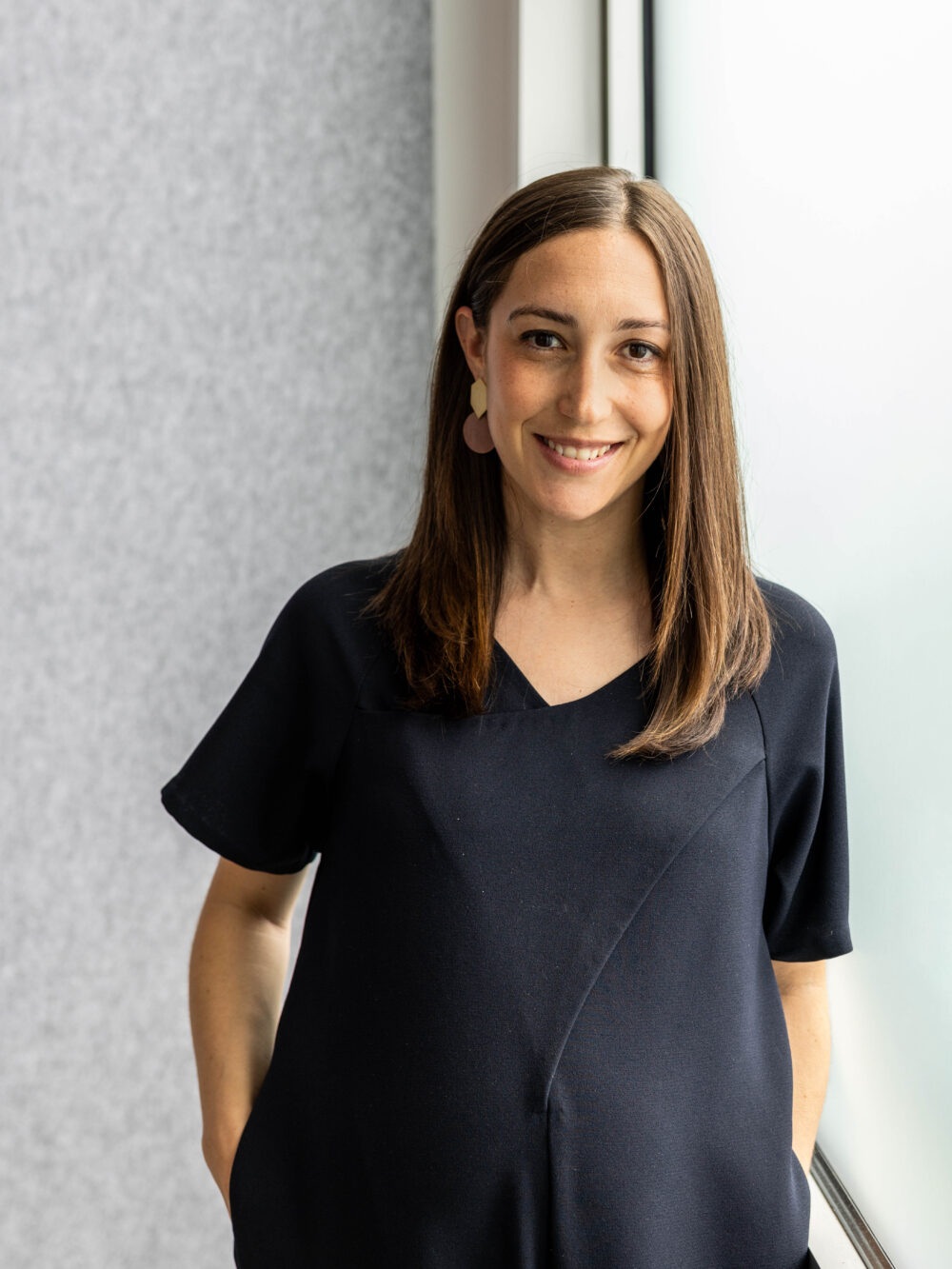
amy golden
principal
amy@paxsonfay.com
Originally from Seattle, Amy left her home in the Pacific Northwest to attend Fordham University, fulfilling her dream of living in New York City. After graduating with a BS in business administration, specializing in marketing and minoring in economics, Amy began her career in advertising sales at CNN and the Hallmark Channel in New York and LA. However, Amy’s love of writing, design, and connection with people ultimately led her to PR. While finishing her MBA back home at Seattle University, in 2015, Amy cofounded Paxson Fay with her friend and business partner, Tessa, driven by a shared vision to build a PR agency that reflected their values and passions. At Paxson Fay, Amy thrives in media relations and pitch development, enjoying the process of diving deep into each client’s story to craft compelling narratives that resonate with editors and journalists. Amy has a particular passion for architecture-focused projects, and securing SHED’s feature in The New York Times was an especially rewarding moment, as they were her first client. Another major career milestone was helping build out Paxson Fay’s talented team, fostering an environment where young professionals can grow their skills and pursue their passions. Outside of work, Amy loves spending time with her family, chasing after her two little boys, exploring Seattle’s restaurant scene, traveling with friends, and reading.
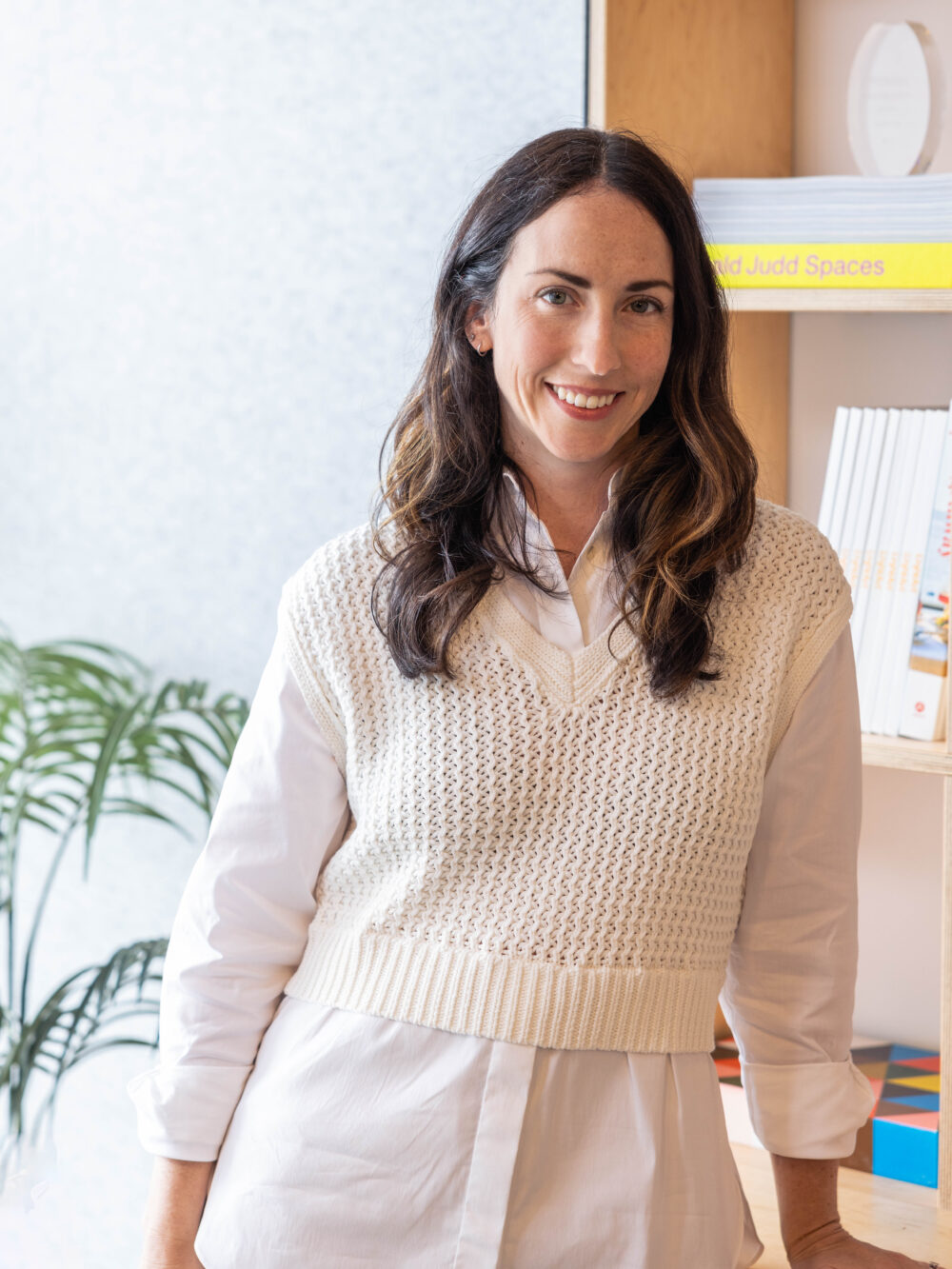
colby wood
senior account executive
colby@paxsonfay.com
After graduating from Fordham University in New York City with a major in Communications and Media Studies and a handful of marketing and PR internships, Colby moved to Boston to manage marketing for a small, women-owned, creative consulting agency. While in that role, Colby managed public relations and marketing efforts for some of Boston's most prominent events and public art initiatives, including the Boston Pickle Fair and The Bulfinch Crossing Projections in downtown Boston. Colby gained experience crafting brand stories and identities through social media marketing and creative copywriting, seen through the successful launch of a premier Massachusetts adult-use dispensary and the revamp of her agency's own website. After two years, Colby decided it was time to figure out what the West Coast was all about. Looking to blend her marketing experience with her passion for design and architecture, Colby found Paxson Fay, where she focuses on social media strategy and management and public relations.

paige childs
account executive
paige@paxsonfay.com
As a child, Paige wanted to be an architect; but after falling in love with storytelling, the power of words, and yes, the show West Wing, she decided to pursue journalism at The George Washington University in the nation’s capital. Following graduation, Paige crafted communications for the beauty and banking industries. Craving space for creativity, she joined the small team that would reopen the congressionally designated National Children’s Museum. There, she played an integral role in establishing the museum’s brand, bringing it to life across digital channels, including social media, email, and advertising. After nearly eight years in DC, she decided it was time for a change of scenery. Having grown fond of the title Washingtonian, she made the cross-country move to Washington State. She landed in Seattle at Paxson Fay, where in true full circle fashion she is the architect of social media and public relations strategies for our architecture and design clients.
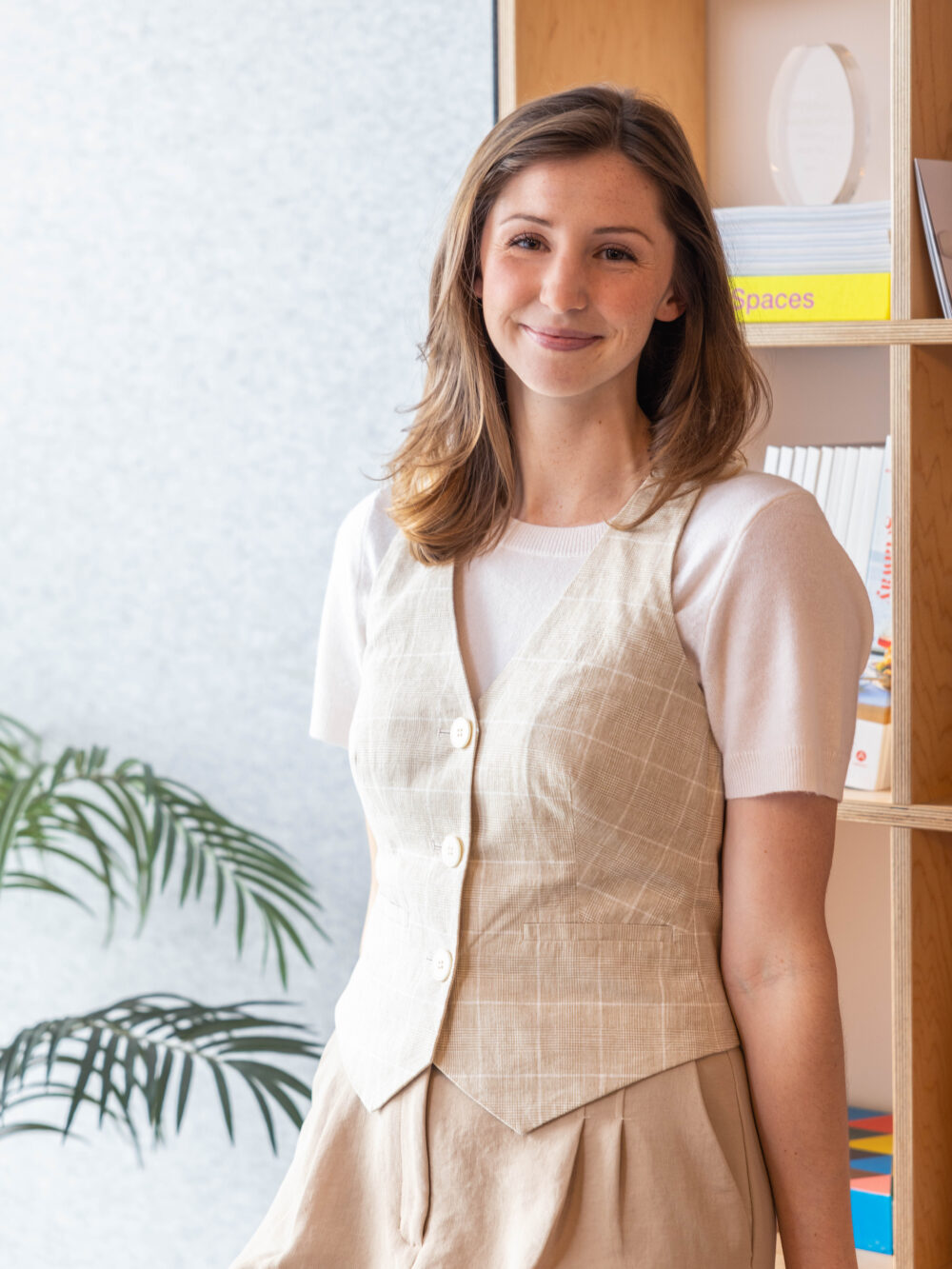
martina povolo
account coordinator
martina@paxsonfay.com
Martina joined the Paxson Fay team as an intern when she was a senior at the University of Washington. After graduating with a bachelor’s degree in Journalism and Public Interest Communications, Martina is now continuing with the team as a Communications Assistant. During her time at UW, Martina worked as the Special Sections Editor at the university’s newspapers where she won multiple awards for her front page spreads. Looking to blend her minors in real estate and environmental science with her focus in communications, Martina is passionate and excited to join the Paxson Fay team.
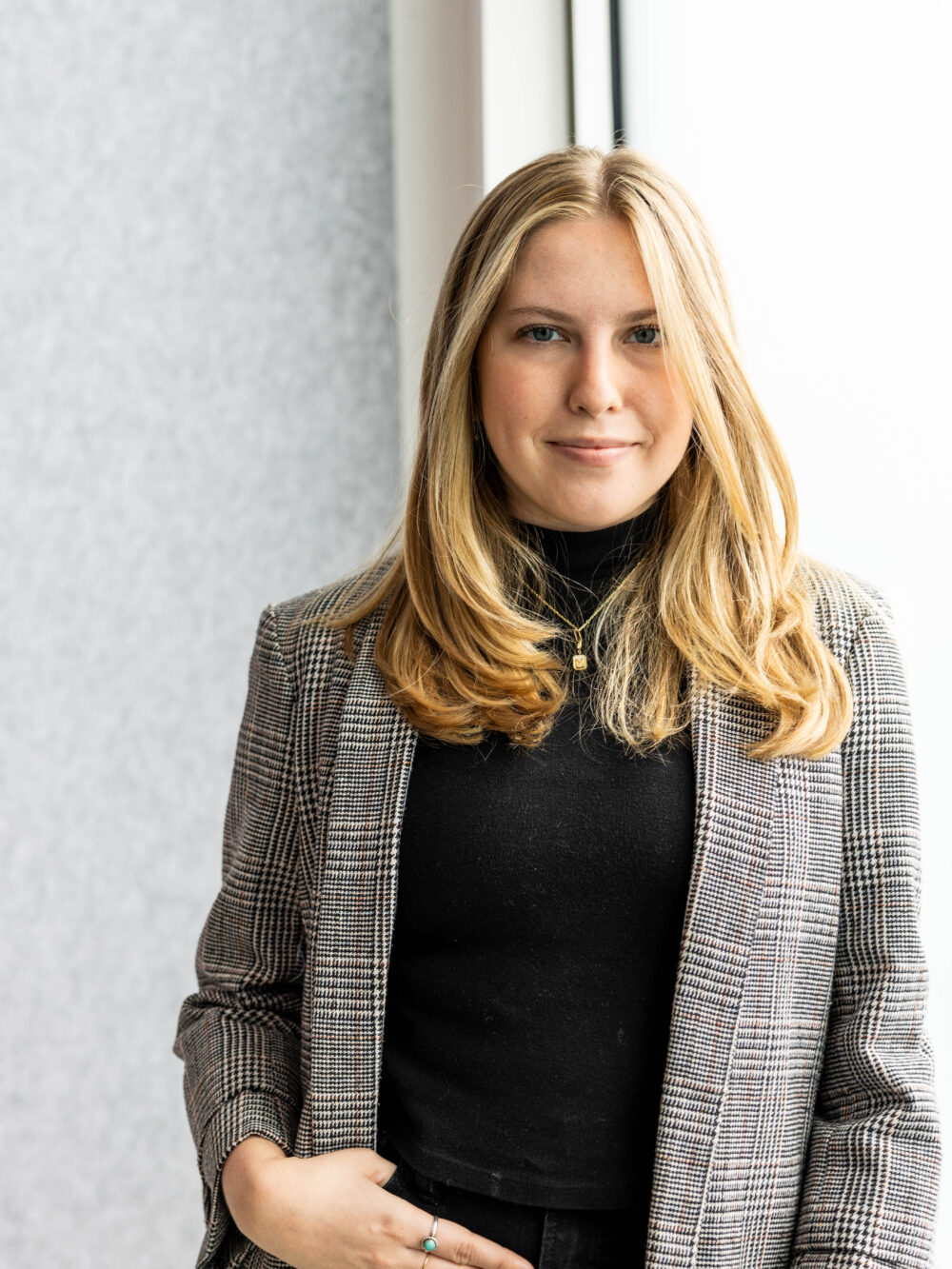
tara lyons
account coordinator
tara@paxsonfay.com
With roots in Napa and Denver, Tara ventured to the Pacific Northwest to pursue her academic journey at the University of Washington, where she graduated with a bachelor’s degree in Communication and Education. Tara's love for writing began when she delved into songwriting, building on her pre-existing passion for singing and playing the piano. Following her undergraduate years, she returned to Paxson Fay, where she had previously interned, transitioning into the role of Communications Assistant. With a keen interest in PR and social media, Tara seamlessly integrates her creative flair into the professional realm. Outside of work, you'll find Tara passionately supporting the Kraken, embodying her love for both storytelling and sports.

We are hiring for our internship program! We are looking for an intern with a passion for design to help manage key communication channels. Click here to read more.
Main content
what we do
We are a communications firm founded in our passion for good design. Our unique approach to marketing and public relations in the architecture and design community has elevated our clients work to the next level. We’re backed by a talented community of creatives. From copywriters to social media experts, we provide a complete package of customized services. We strive to create a personal experience with each client, integrating teams and tackling your biggest marketing and public relations challenges from a high level. Then we help execute those plans ensuring lots of reporting along the way, with lots of coffee breaks in between because we’re from Seattle and that’s what we do.
marketing
marketing strategy
brand strategy
project management
partnerships acquisition and management
e-mail blasts
public relations
media strategy
content production
media communications and outreach
awards: strategy, content development and submissions
social
platform strategy and management
content production
targeted campaigns
results + reporting
advertising
advertising strategy
budget strategy + negotiation
calendar management
creative coordination
content
storytelling
copywriting
website and e-mail marketing
video: sourcing, storyboarding and scheduling
photography acquisition + curation
events
event management
sponsorships + partnerships
tradeshow coordination
press tours
Main content
clients
Here is a little taste of who we love to work with and what we love to do.


